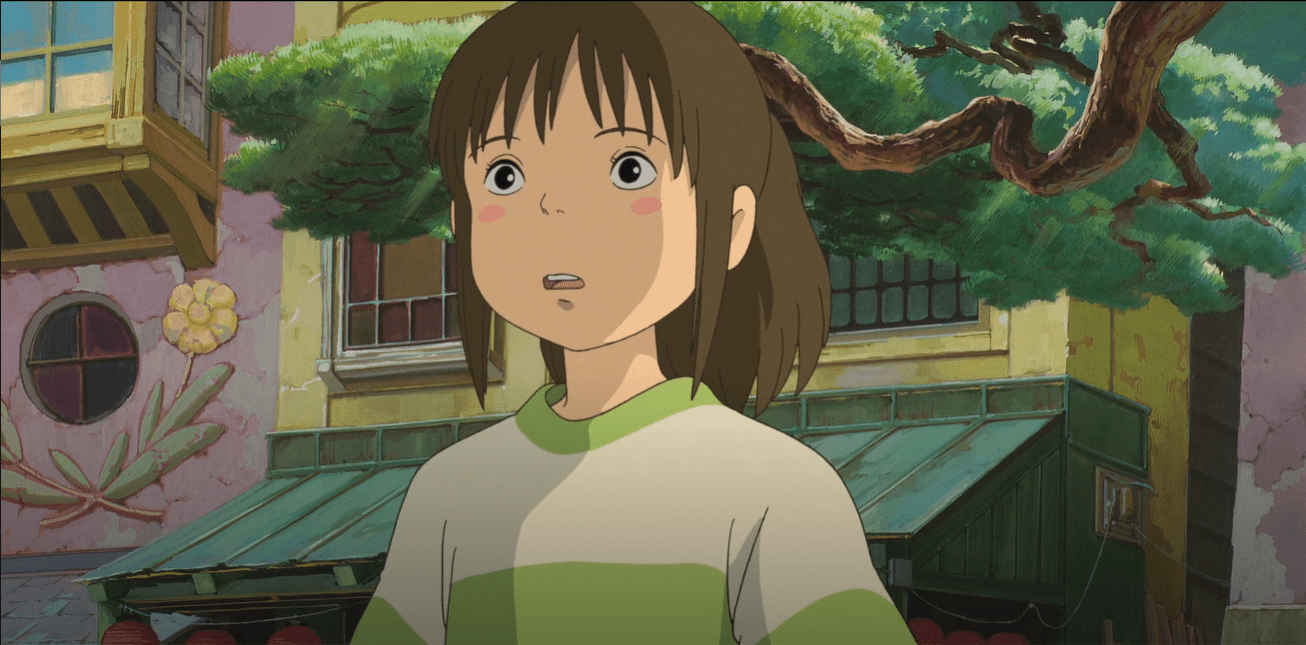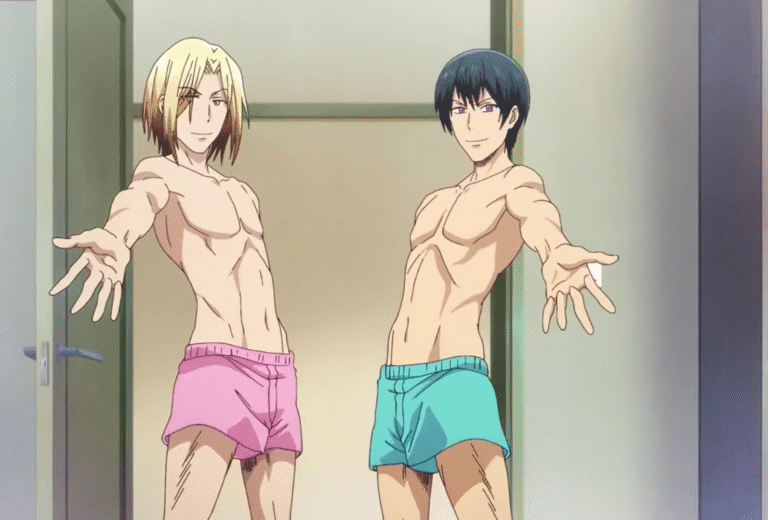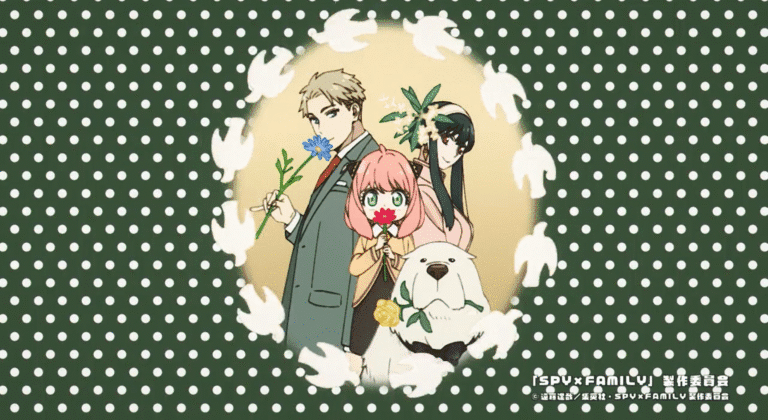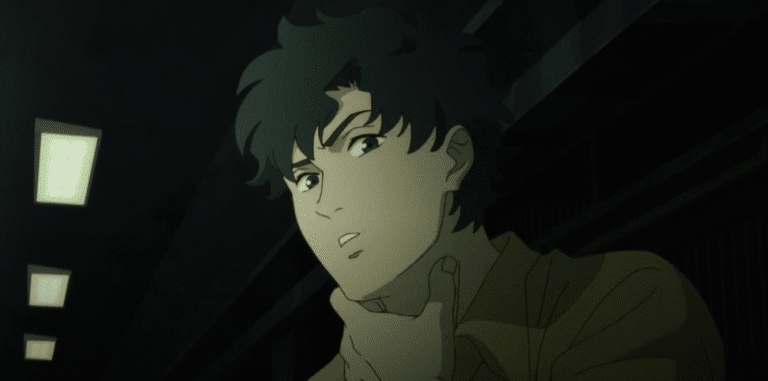Why Does Everyone Love Studio Ghibli’s “Spirited Away”? (Explained)
The Movie That Captured the World’s Heart
When Studio Ghibli released Spirited Away in 2001, it wasn’t just another animated film—it was a cultural phenomenon.
Directed by the legendary Hayao Miyazaki, this hand-drawn fantasy not only won the Academy Award for Best Animated Feature but also became Japan’s highest-grossing film for nearly two decades.
But why does Spirited Away continue to captivate viewers—old and new—more than 20 years later?
Let’s dive into the magic and meaning behind this beloved classic, and uncover why it holds such a special place in the hearts of anime fans and film lovers alike.
🧠 What Is Spirited Away About? (Plot Summary)
Spirited Away follows Chihiro Ogino, a sullen 10-year-old girl who finds herself trapped in a mysterious spirit world after her parents are transformed into pigs. To survive and find a way back home, she must work at a supernatural bathhouse run by the sorceress Yubaba.
Along the way, she meets unforgettable characters like:
- Haku, a mysterious boy with a hidden past
- No-Face, a lonely spirit seeking connection
- Kamaji, the spider-like boiler man
What begins as a simple rescue mission becomes a journey of growth, courage, and identity.
💫 1. A Timeless Coming-of-Age Tale
One major reason Spirited Away resonates so deeply is its universal theme of growing up.
Chihiro starts off as scared, whiny, and helpless—but as she faces challenges, she transforms into someone brave, kind, and independent. This character arc is powerful because:
- It reflects real emotional growth, not just fantasy.
- It’s relatable to kids, teens, and adults who’ve felt lost or out of place.
- It avoids clichés—Chihiro doesn’t become a superhero, she just becomes herself.
For many viewers, her journey mirrors their own struggles with change, identity, and self-worth.
🎨 2. Breathtaking Animation & Visual Detail
Studio Ghibli is known for its hand-drawn beauty, and Spirited Away might be its most visually stunning film.
From the otherworldly bathhouse to lush landscapes, every frame is packed with rich color, texture, and emotion. Even the background details—steaming food, glowing lanterns, fluttering papers—feel alive.
Miyazaki’s team avoided CGI, relying on traditional animation to create a living, breathing world. The result? A timeless look that never feels outdated.
Fun Fact: Some scenes are based on real places in Japan, like Dōgo Onsen and Jiufen (Taiwan), which helped root the fantasy in realism.
👺 3. Deep Symbolism and Cultural Layers
While the story may feel simple at first glance, Spirited Away is filled with Japanese folklore, Shinto beliefs, and subtle social commentary.
Key Symbolic Themes:
- Loss of identity: Chihiro’s name is stolen by Yubaba, reflecting how adults “lose themselves” in work.
- Greed and consumerism: Her parents gorge on food and are punished. No-Face represents unchecked desire.
- Pollution and nature: The River Spirit scene is a powerful metaphor for environmental decay and cleansing.
Even if you’re not familiar with Japanese culture, these ideas resonate globally—making the film both local and universal.
👥 4. Unforgettable Characters (With Depth)
Spirited Away doesn’t rely on good-vs-evil tropes. Instead, it presents morally complex characters who evolve:
- Yubaba isn’t just a villain—she’s strict, greedy, but also a mother.
- Haku is mysterious, but his story is about lost identity and loyalty.
- No-Face starts out lonely and ends up consumed by greed, showing how environment shapes behavior.
Even minor characters like Lin, Kamaji, and the Radish Spirit are memorable—each with distinct personality and purpose.
The emotional depth and non-binary morality make viewers rethink traditional character roles in animation.
🎵 5. Joe Hisaishi’s Hauntingly Beautiful Score
You can’t talk about Spirited Away without mentioning its iconic soundtrack.
Composed by Joe Hisaishi, the music blends classical, ambient, and traditional Japanese sounds to create a deeply emotional atmosphere.
Tracks like:
- “One Summer’s Day”
- “The Sixth Station”
- “Reprise”
…elevate every scene, from moments of wonder to heartbreak. Even years later, fans still listen to the soundtrack to relax, focus, or cry a little.
🏆 Awards, Legacy & Global Impact
- Academy Award (2003) – Best Animated Feature
- Berlinale Golden Bear (2002) – First anime film to win it
- Rotten Tomatoes Score: 97%
- IMDb Top Rated Movies: Regularly ranks in Top 50
But more than awards, Spirited Away has inspired:
- Countless fan art, essays, and cosplay
- Entire generations of animators and storytellers
- A broader Western appreciation of anime as cinematic art, not just “cartoons”
Even directors like Guillermo del Toro and Wes Anderson cite Miyazaki and Spirited Away as influences.
💬 Final Verdict: Spirited Away Isn’t Just a Movie—It’s an Experience
So why does everyone love Spirited Away?
Because it’s visually magical, emotionally resonant, and philosophically rich. It speaks to our childhood fears, adult struggles, and timeless need for wonder.
It reminds us what it means to lose yourself—and then find yourself again.
🗣️ What Does Spirited Away Mean to You?
Did it change your view on animation?
Do you relate to Chihiro’s journey?
Drop your thoughts in the comments!
Or share this blog with someone who’s never watched it (yet).
Image credit Studio Ghibli








Really nice style and superb subject matter, practically nothing else we require : D.
Everything is very open and very clear explanation of issues. was truly information. Your website is very useful. Thanks for sharing.
Keep up the fantastic work, I read few content on this website and I think that your site is real interesting and holds sets of excellent information.